Cocoyam species are a staple crop in Ghana that hold significant importance for food security, particularly in times of famine and natural disasters. Despite being known for their hardy nature, cocoyams are vulnerable to a range of pests and diseases which can threaten their production. Cocoyam production also faces additional challenges which affect crop yields and quality. In this blog post, we will explore these issues and provide practical solutions.
Cocoyams are herbaceous plants which consist of a large spherical corm (an underground storage organ) with large leaves. Most species produce edible tuberous rhizomes (corms and cormels), as well as edible young leaves. Cocoyam is a common name used to describe several crops in the Araceae family, including Colocasia species and Xanthosoma species. Colocasia species originate in Southeast Asia, with Colocasia esculenta, commonly known as Taro, being the most widely cultivated species in the Araceae family. Xanthosoma species originate from Central and South America and include several species grown as food crops, as well as many ornamentals.
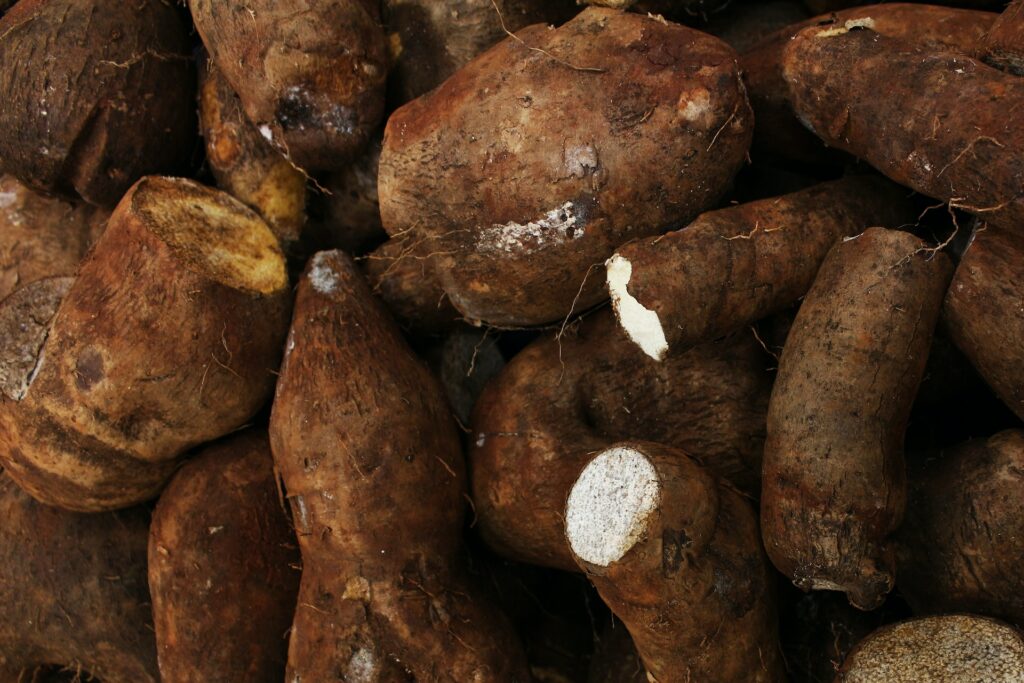
Cocoyam Farming in Ghana
Cocoyam species are cultivated extensively in Africa, with the continent producing over 70% of the global output. Particularly common are Taro and Arrowleaf elephant’s ear (Xanthosoma sagittifolium). Ghana, like many other West and Central African countries, relies on cocoyam as a staple food crop. In Ghana, most cocoyam is produced by resource-limited, smallholder farmers, many of whom are women. Farmers typically grow cocoyam for subsistence, with only the surplus reaching urban markets for sale. It is, therefore, vital to produce high yields. However, a range of challenges pose significant constraints to cocoyam farmers. These include limited planting materials, a lack of improved high-yield cultivars, and the presence of insect pests and diseases.
In 2021, Ghana produced 1,106,657 tonnes of cocoyam, according to FAO. Despite being the fifth most important staple crop in the country, the cocoyam industry faces substantial risks from various pests and diseases that can damage crops and livelihoods. Let’s explore these threats and discover strategies to combat them.
Root and corm rot
One of the most prevalent diseases in cocoyam farming is root and corm rot (Pythium spp., Rhizoctonia spp., Fusarium spp.). This disease is characterized by stunted plant growth, shortened leaf stalks, and curled, crinkled, yellowish, and spotted leaves. The corms turn whitish yellow, grey/blue, or dark purple, with the rot starting at the bottom of the plant or the side of the corm and spreading upwards.
To combat the disease:
- Prior to planting cocoyam, introduce a ground legume, such as Mucuna or Pueraria, to increase organic matter in the soil and encourage microorganisms that act against the pathogen.
- Opt for resistant cocoyam varieties. Use certified, healthy planting materials.
- Avoid moving soil from infested fields to new ones, as the pathogen resides in the soil.
- Refrain from planting in areas prone to flooding or with heavy clay soils, as the pathogen thrives in wet environments. Additionally, avoid overhead irrigation and watering at night to reduce prolonged leaf wetness.
- Apply organic fertilizer to maintain soil nutrient levels, making plants less susceptible to pathogens.
- Remove diseased plant material from fields at harvest and burn it to reduce inoculum levels.
- Refrain from planting in areas prone to flooding or with heavy clay soils, as the pathogen thrives in wet environments. Additionally, avoid overhead irrigation and watering at night to reduce prolonged leaf wetness.
- Apply organic fertilizer to maintain soil nutrient levels, making plants less susceptible to pathogens.
- Remove diseased plant material from fields at harvest and burn it to reduce inoculum levels.
For more detailed information about root and corm rot of cocoyam, please visit here.
Leaf blight
Leaf blight (Phytophthora colocasiae) is another common disease that affects cocoyam. It manifests as water-soaked purple-brown circular lesions on the leaves, which turn dark brown with yellow margins and eventually rot. Yellow-red fluid is often produced from the centre of the spots, which forms hard pellets as it dries. The corms may rot post-harvest, becoming leathery and soft in texture and light brown in colour. To mitigate this disease:
- Plant resistant varieties. Use certified, healthy planting material.
- Avoid moving soil from infested fields to new ones.
- Do not plant in areas prone to flooding. Space the plants widely (0.6-1m) to allow water to evaporate more easily.
- Rotate with crops that are not susceptible to the disease, like ginger and cereals.
- Dip corms in a 1% sodium hypochlorite solution and store them in polyethylene bags to reduce post-harvest corm rot.
- Post-harvest, plough in crop debris to accelerate decomposition, as the pathogen only survives in soil on infected crop residue.
- Remove infected leaves to reduce disease spread and burn them to eliminate the source of inoculum.
For more detailed information about leaf blight of cocoyam, please visit here.
Corm meal rot
Corm meal rot (Botryodiplodia theobromae (syn. Lasiodiplodia theobromae)) causes a whiteish cream rot within the corm, which later turns blue-black and becomes dry and powdery. There is often an indistinct margin between the healthy and diseased tissue. Storage methods are key for preventing damage caused by this pathogen.
Leaf spot
Leaf spot (Cladosporium colocasiae), also known as ghost or false spot, is characterized by reddish-brown, circular or irregular, diffuse spots or blotches on the leaves. Additionally, spots may be surrounded by a yellow halo or have a dark brown diffuse border. The lesions may be up to 15mm wide and may be on the upper or lower leaf surfaces. Older leaves are also more likely to be affected. To manage this disease, practice good leaf hygiene by removing and destroying infected leaves to prevent further disease spread.
Sclerotium rot
Sclerotium rot, caused by the fungus Athelia rolfsii, is a disease that commonly affects cocoyam. Here are some key points to keep in mind:
Symptoms: This disease primarily targets corms and roots, starting at soil level and at the base of the petioles. Infected areas are covered with fine branching hairs called mycelia, and sometimes, nearby organic matter can also become infected.
Identification: Look for pale cream to reddish-brown hardened mycelium, which is typically 1-2 mm wide at the site of infection. You may also notice wilting leaves and more dead leaves on plants than usual, as well as postharvest pinkish corm rot.
Prevention and Control: Start with disease-free planting material and consider spraying with fungicides as a preventive measure.
Taro caterpillar
Taro caterpillars (Spodoptera litura) are an insect pest which can devastate cocoyam crops. Early detection and intervention are crucial, here’s what you need to know:
Identification: Keep an eye out for egg masses, which are 4-7mm wide and covered with white-brown hair. Newly hatched larvae have green bodies and black heads and are as small as 2.5mm in length. You may also notice ‘scratch’ marks on leaf surfaces caused by these tiny larvae.
Effects: Taro caterpillars are known for chewing and stripping large areas of leaves, typically avoiding leaf veins. Older larvae can be found in the soil around the base of the plants and are dark green to brown with an orange stripe along their backs.
Management: Insecticides commonly used for lepidopteran pests are often used to tackle this pest. However, please consult local agro-dealers and legislation to identify suitable insecticides for safe use in your area. There are also a range of non-chemical management techniques for dealing with this particular pest. These include collecting and destroying egg masses and larvae, using pheromone traps, and spraying with aqueous extracts like neem or chinaberry.

Nematodes
Nematodes are microscopic worms that can cause significant damage to cocoyam plants. Meloidogyne spp., Pratylenchus spp. and Xiphinema spp. are particularly relevant to cocoyam. Here are some key points to be aware of.
Nematode infestations can result in deformed corms with blister-like swellings, which can become large round or oblong galls. These galls are typically 2-15mm wide and may rot in storage. Galls can also appear on the roots, with older roots possibly becoming thicker than usual. Above-ground symptoms may manifest later than root symptoms and can appear in patches.
Pink Hibiscus mealybug
The pink hibiscus mealybug (Maconellicoccus hirsutus) is both a pest and a potential carrier of diseases.
Symptoms: Look for stunted growth at growing tips, cabbage-like clusters of leaves, crumpling of leaves, and the possibility of distorted leaves and defoliation. You might also notice sooty mould on leaves and stems.
Identification: Adult mealybugs are soft-bodied, elongate, oval, slightly flattened, and measure 2.5-4 mm long. They are typically found on leaves and stems and may have wings and long antennae.
Prevention and Control: To prevent infestations, use clean cuttings from certified sources and consider planting tolerant varieties if available. Avoid planting near infested fields, as mealybugs can spread by wind and by walking. Also, be cautious about rotating with alternative hosts, as these pests can affect a wide range of crops. Furthermore, if available in your area, consider using natural predators like the mealybug ladybird (Cryptolaemus montrouzieri) or parasitoids (Anagyrus kamali and Achrysopophagus sp.) as biological controls to keep mealybug populations in check.
For more detailed information about pink hibiscus mealybug on cocoyam, please visit here.
Cocoyam remains a vital staple crop
In conclusion, cocoyam, a vital staple crop in Ghana, plays a crucial role in ensuring food security, especially during times of adversity such as famine and natural disasters. However, cocoyam production faces numerous challenges that can threaten both crop yields and quality. In this blog post, we’ve briefly explored the common pests and diseases which affect cocoyam, their symptoms, and solutions.
Cocoyam farming in Ghana is not without its challenges, but with the right knowledge and proactive measures, farmers can protect their crops and ensure a consistent supply of this essential food source. Finally, by implementing these strategies and staying vigilant against potential threats, Ghana and other cocoyam-growing regions can continue to rely on this robust crop for their food security needs.
Further information and resources
A summary of the common pests and diseases for cocoyam – CABI.
Cocoyam – Plant Village
Economic analysis of cocoyam production in Ghana – S. Boakye-Achampong, 2016
Supply Chain Analysis of Cocoyam in Ghana – P. P. Acheampong, 2018
1 Comment
Leave a Reply
Related News & Blogs
How do pest risk registers address the spread of plant pests in Africa?
Pest risk registers can help to solve problems in agriculture, addressing the growing global threat of plant pests. Moreover, changing weather patterns, led by rising temperatures, are causing them to reproduce faster and expand into new regions. In ad…
10 July 2025

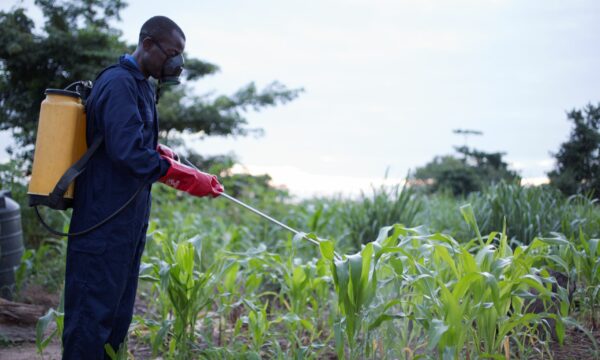
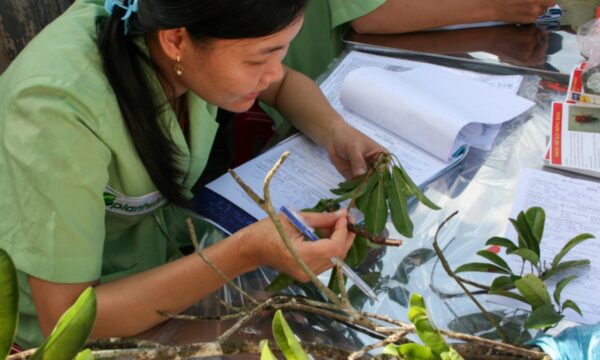
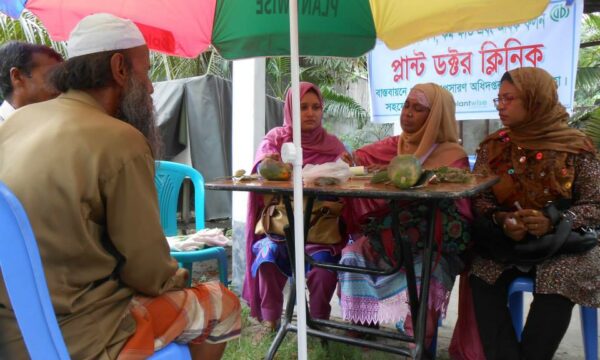
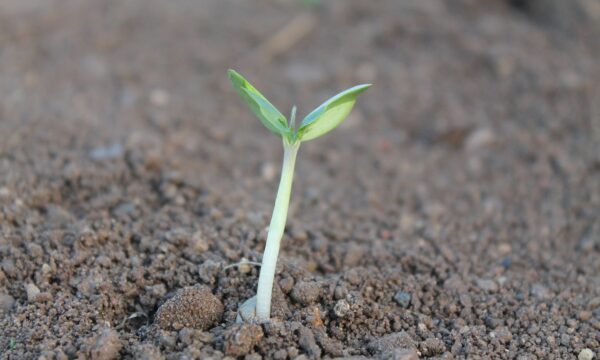
We also dealing with cocoyams foods
Production & utilization as food